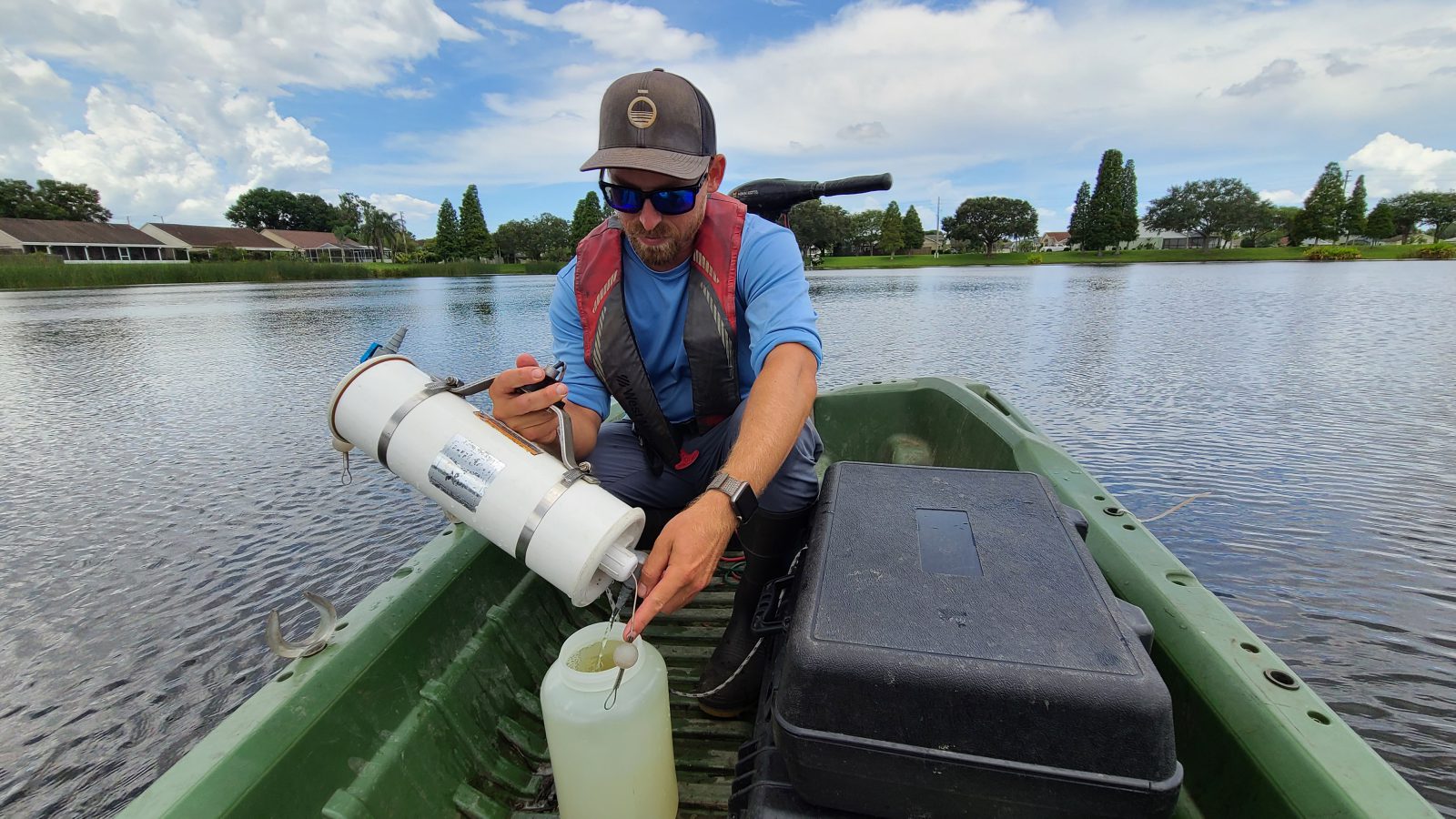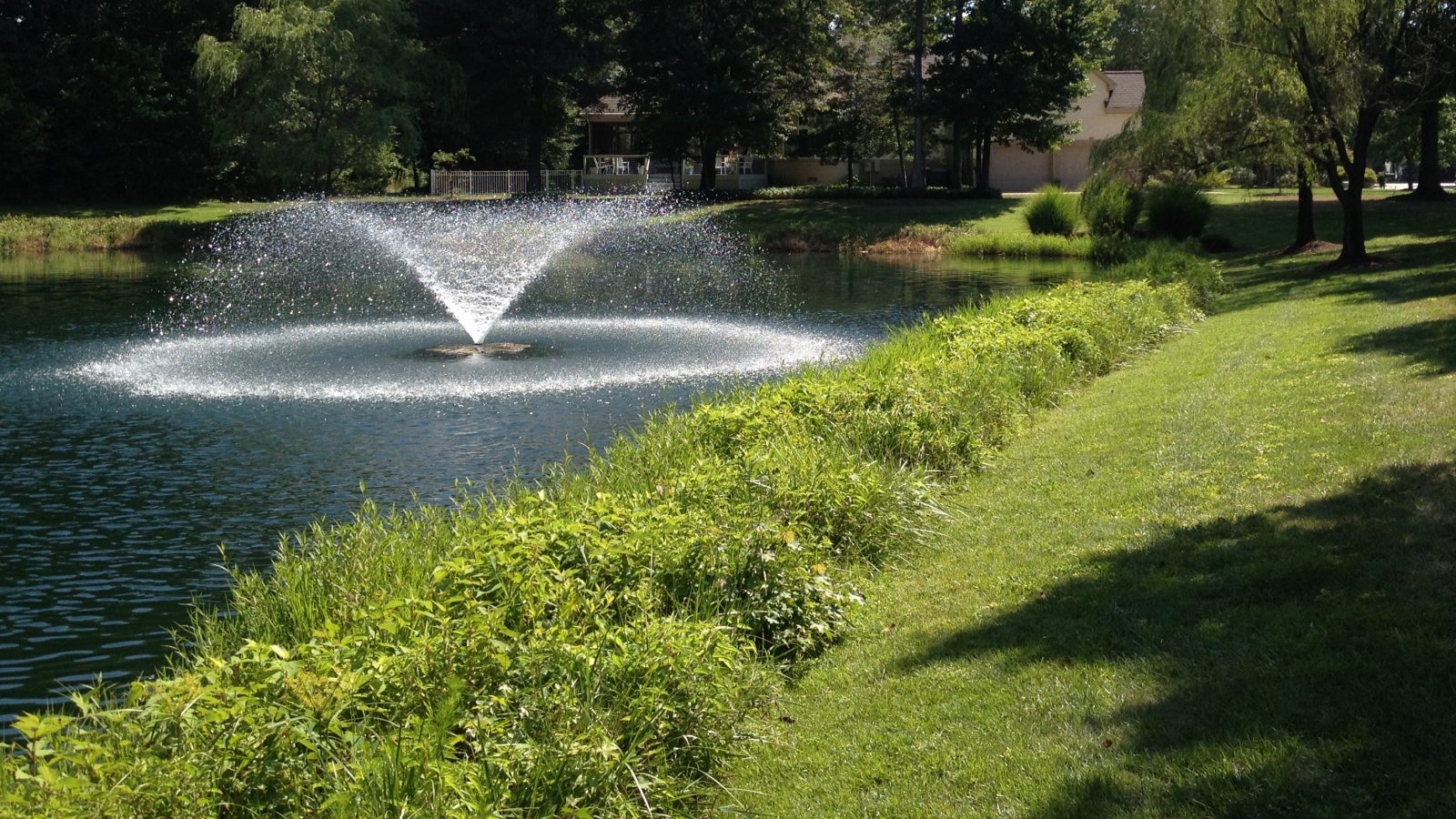
6 Aquatic Plants in Lakes Across the Midwest
Lakes and ponds are amazing community assets. In addition to collecting stormwater runoff, they create opportunities for homeowners to enjoy kayaking, swimming, fishing, nature watching, and more. Watching a stunning sunset over the water is one of life’s simplest joys. But have you ever looked across a lake, pond, or other waterway and wondered what lay below the waters?
You might be surprised to learn that there is actually a wide variety of aquatic plants among and within the different areas of the U.S. The Midwest is home to many species that epitomize the unique beauty of the region. It has also become home to non-native aquatic plants that are degrading beneficial ecosystems. Understanding the most common species, and how they can be identified, is one of the best ways to begin preserving the health of waterbodies in your community.
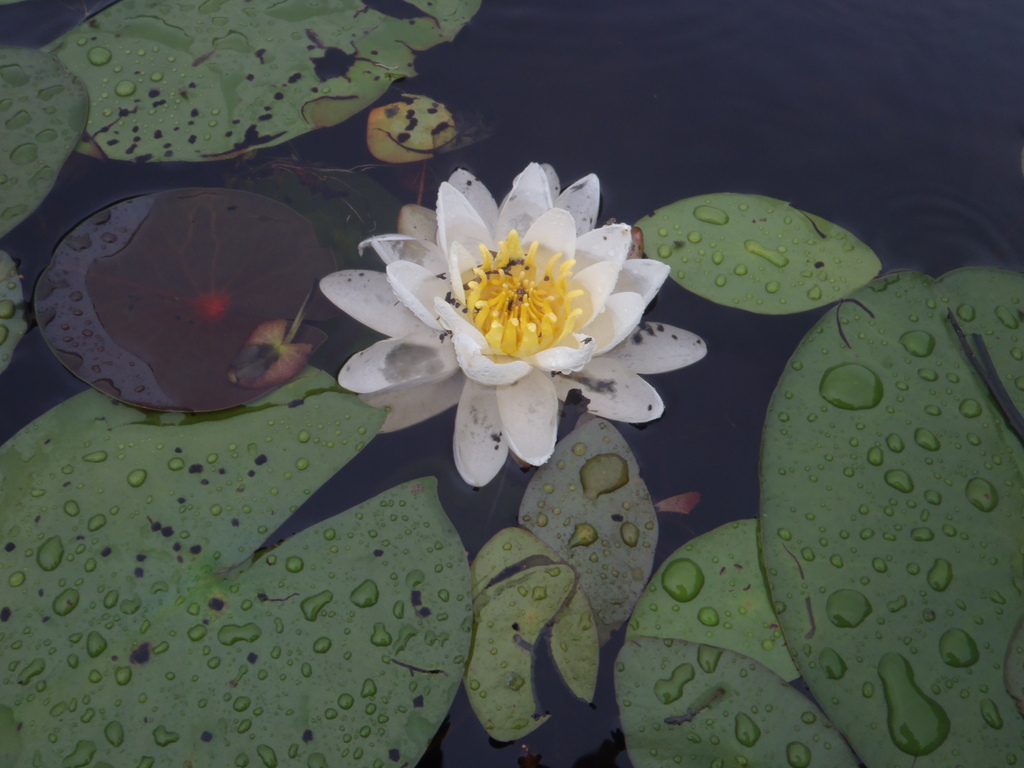
Pond Lilies
The pond lily, or Nymphaeaceae, is one of the most commonly pictured floating plants, and it is no wonder why. With its large, round pads and white with yellow flecked flowers, this rooted-floating plant is picturesque and adds greatly to the aesthetic of any waterbody.
- Size and Shape: Large leaf pad, usually 6 to 8 inches in diameter.
- Appearance: Rooted-floating with white or yellow flowers and grows in small quantities. Large coverage of the surface can block out oxygen.
- Copycats: There are several plant species similar to Nymphaeaceae that can often be mistaken for each other. These include the American lotus or spatterdock.
- Invasive?: While not all species of water lilies are considered invasive, certain ones are, such as the Mexican variety.
- Located: Pond lilies can be found throughout the Midwest in Indiana, Illinois, Wisconsin, Minnesota, and more.
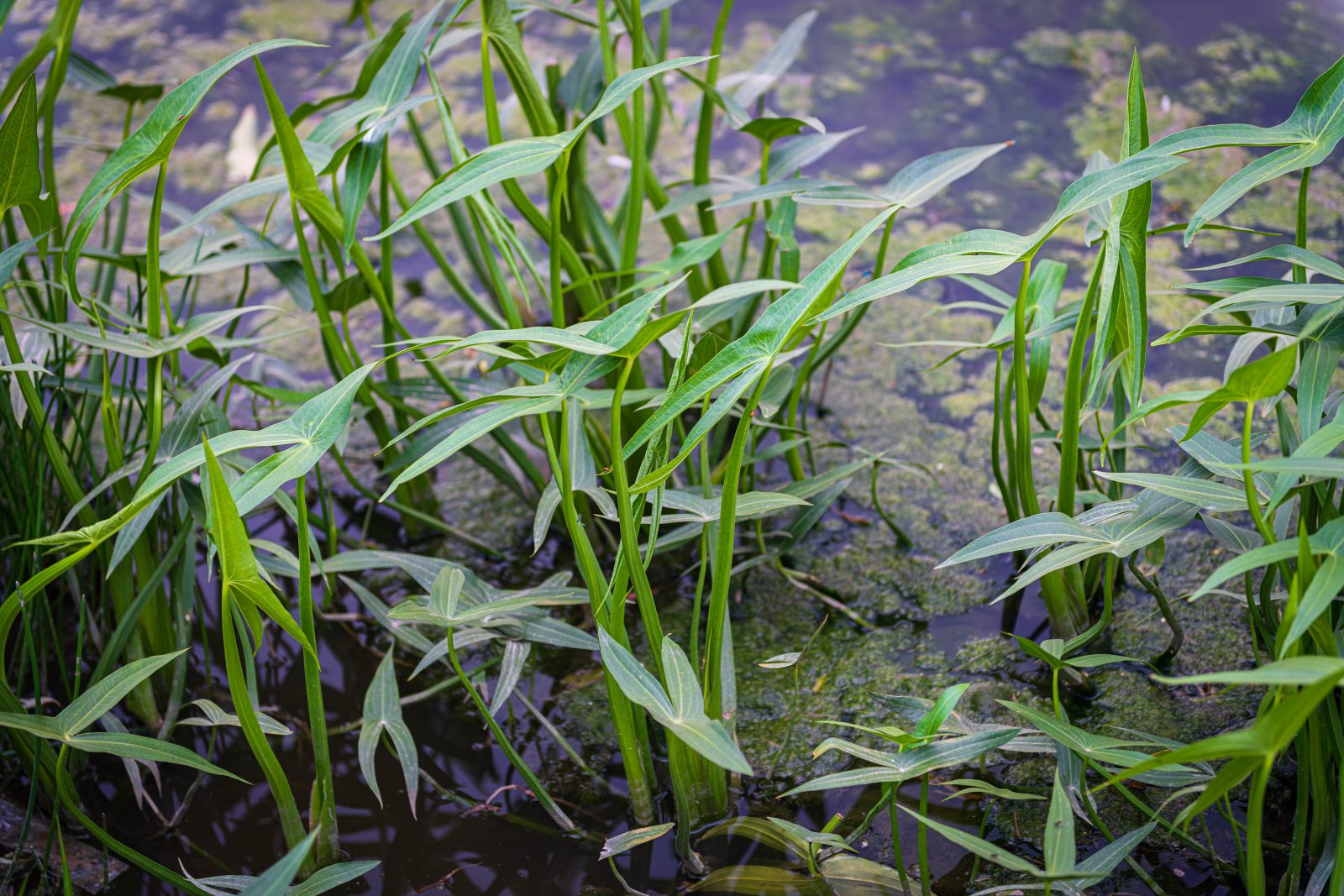
Arrowhead
Arrowhead or Sagittaria latifolia gets its name from its leaves that form arrows with 3 distinct points. Its roots have potato-like tubers growing in the mucky ground that are eaten by waterfowl, muskrats, and other species.
- Size and Shape: Arrowhead plants grow up to 4 feet tall with long stalks and leaves.
- Appearance: Arrowhead is embedded in shallow waters with stalks and leaves that emerge from the water. It sometimes contains a flower near its leaf which is composed of white or pink sepals and petals.
- A Food Source: Since arrowhead has potato-like tubers, it can be used as a food source for not just animals, but people as well – when prepared properly. In fact, past Native Americans used this as an ingredient in their meals.
- Controlling Arrowhead: If desired, arrowhead overgrowths can be curbed with applications of highly-targeted herbicides by a licensed professional.
- Located: Arrowhead can be found in every state in the Midwest including Indiana, Illinois, Wisconsin, and Minnesota as well as every state, with the exception of Nevada and Alaska.
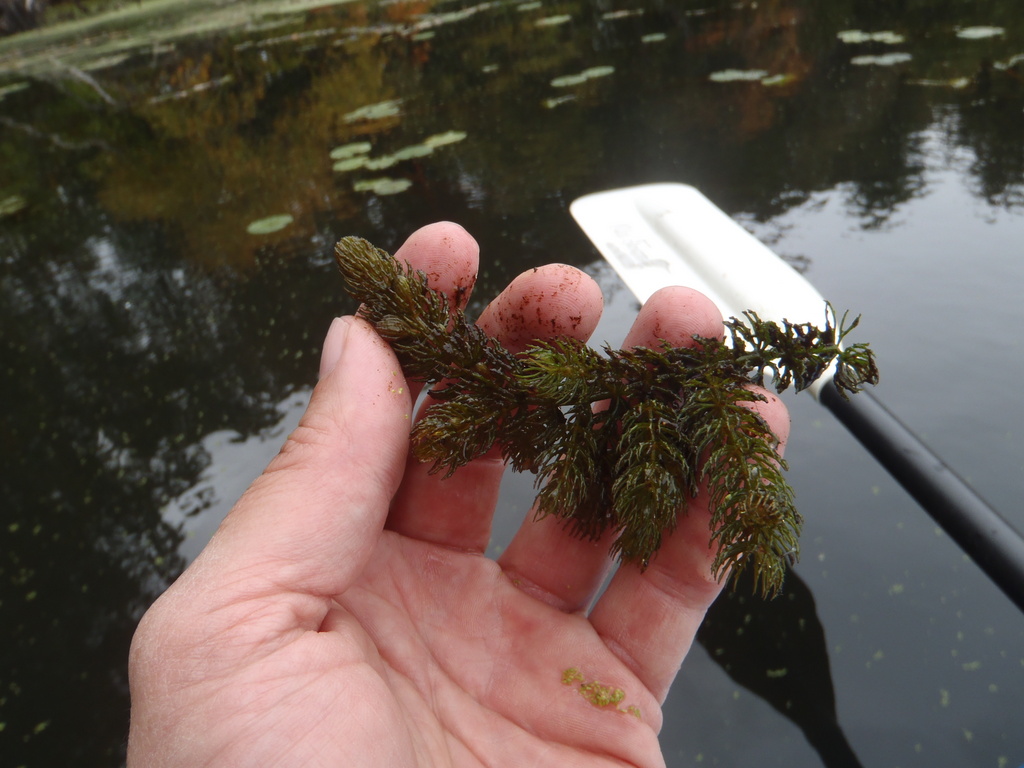
Coontail
Coontail or Ceratophyllum demersum grows in underwater masses with no roots or grounding. Depending on how long it grows, it may reach and float on the surface of the water. Although it provides excellent habitat for fish, it can contribute to algae growth and impede recreational use if left unchecked. It’s often found in the still waters of lakes, ponds, and streams.
- Size and Shape: Coontail’s straight, flat leaves contain up to 12 leaves per whorl, each about a half-inch in length. The branches themselves usually reach about 11 feet long with off-shooting branches.
- Appearance: Coontail has a long, hollow stem with thin, dark green spindle leaves. These leaves may be sparse towards the plant’s bottom, but grow more thickly towards the top, giving it the ‘Christmas tree’ or raccoon tail appearance it is known for.
- An Aquarium Plant: Also known as ‘hornwort’, coontail is a popular choice for aquarium plants as it provides shelter and play for fish.
- Controlling Coontail: Since coontail provides so much food and shelter for young fish, it is important to have on hand for many waterbodies. Management strategies should focus on removing as little as possible via cutting or raking that removes all plant fragments to avoid regeneration.
- Located: Coontail can be found throughout the Midwest in Indiana, Illinois, Wisconsin, and Minnesota.
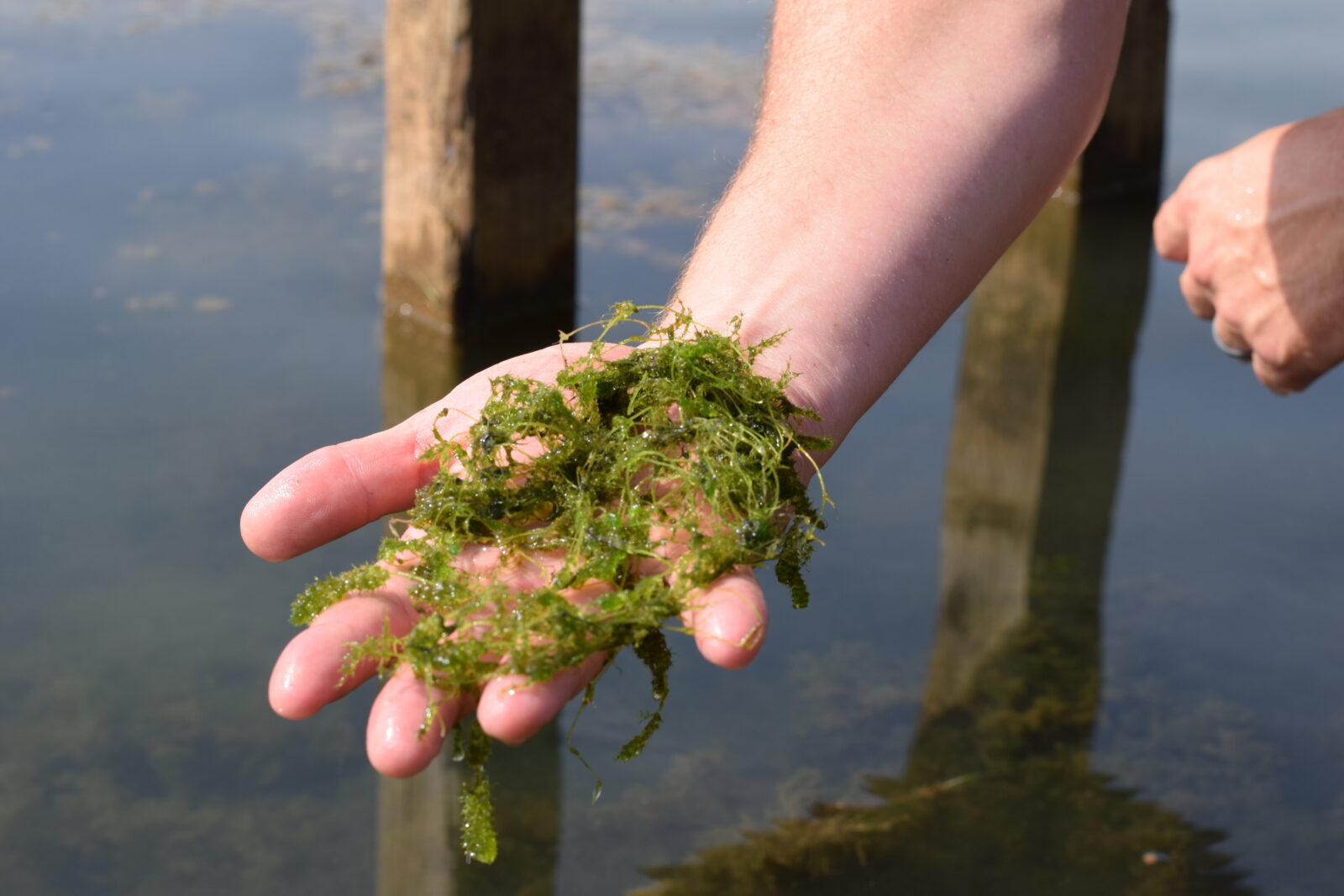
Chara
Chara, also commonly known as muskgrass, is often found in clear, hard water. Although it can be easily mistaken for coontail or milfoil, it has a gristly film thanks to mineral deposits and can give off a ‘musky’ odor when squeezed.
- Size and Shape: Chara is cylindrical and can grow several feet long with whorled branches that have 6 to 15 off-shooting branches
- Appearance: Chara, or muskgrass, is a bright green (lighter than most aquatic plants) viney plant with spindly branches and leaves. It has no flowers and does not emerge above the water’s surface.
- Finding a Balance: Chara can help support healthy water quality as it helps stabilize nutrients and provides habitat for fish. But note, Chara also grows rapidly and can quickly overtake ponds if not monitored.
- Controlling Chara: For the most part, chara is largely beneficial to lakes and ponds and should be monitored, but not fully removed. In the case of overgrowth, hand-pulling, cutting, and certain EPA-registered herbicides may be applied by licensed professionals.
- Located: Chara is found in lakes and lagoons with brackish water, particularly in Michigan, Illinois, Minnesota, and parts of Wisconsin.
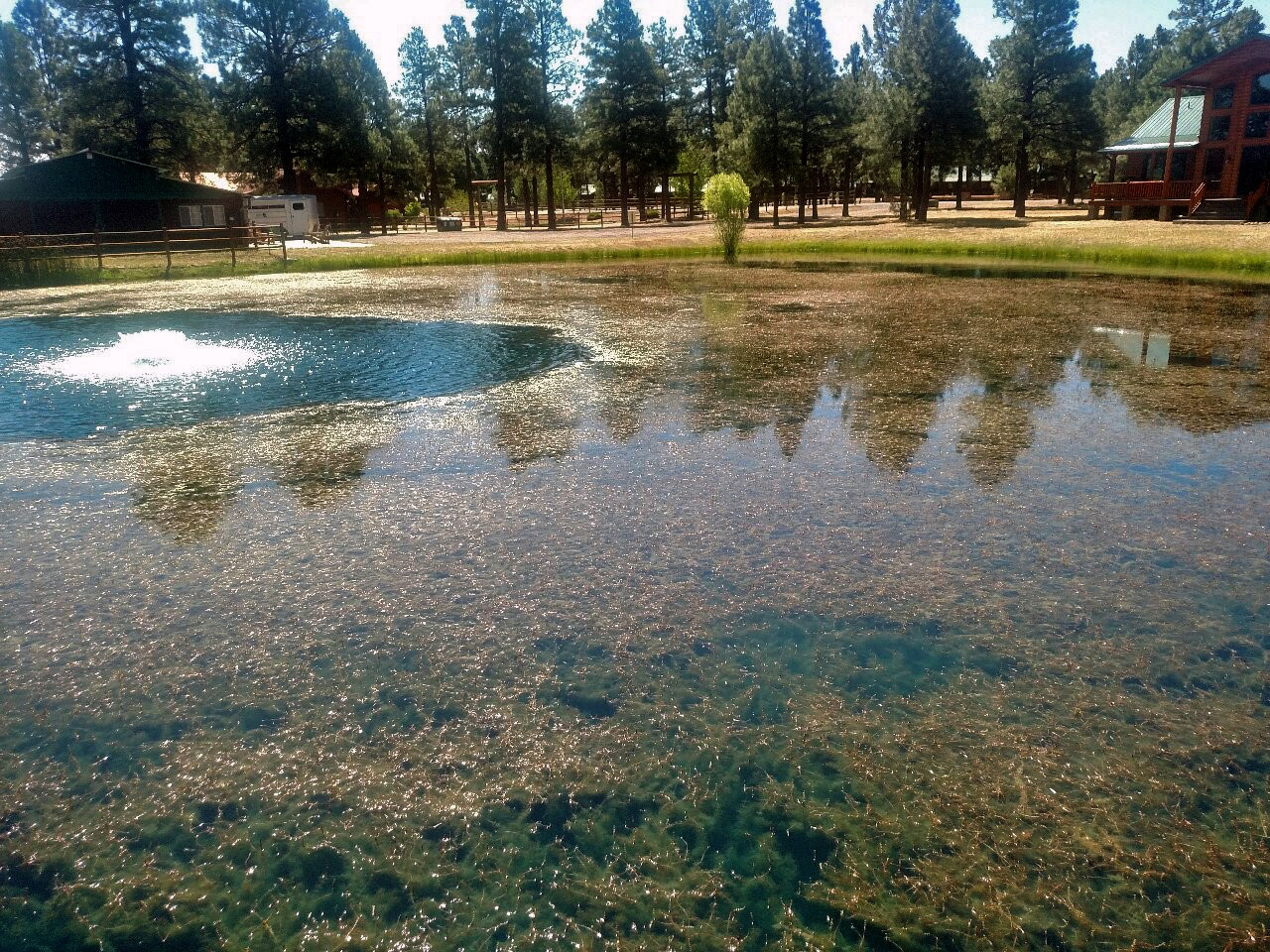
Eurasian Watermilfoil
Eurasian watermilfoil, or Myriophyllum spicatum, forms thick mats within shallow areas of lakes. As it grows and spreads, it blocks sunlight – killing native plant species, the fish that feed on those and results in algae. It can spread easily to other lakes via boats, vehicles and equipment.
- Size and Shape: Extends about 3 to 10 feet, although it has been reported as long as 33. It has thin leaves that are about 0.5 to 2 inches long.
- Appearance: Eurasian watermilfoil grows in long, grey-green strands with fine leaves feathering out from it in a whorl shape. It can sometimes have a small yellow or red flower that rises a few inches above the water.
- One of a Kind?: There are quite a few submerged plants, including several other varieties of watermilfoils. One such example is the native northern watermilfoil. This species has less than 12 leaf segments on each of its sides compared to Eurasian watermilfoil’s 14 or more.
- Controlling Eurasian Watermilfoil: Licensed applicators may apply highly-targeted herbicides to safely curb Eurasian watermilfoil growth. This is best done in the spring while the plant is still in its early stages of growth, reducing the negative impact on surrounding native plants.
- Located: Eurasian watermilfoil is an invasive species that has worked its way across the continental U.S., as well as several Canadian provinces.
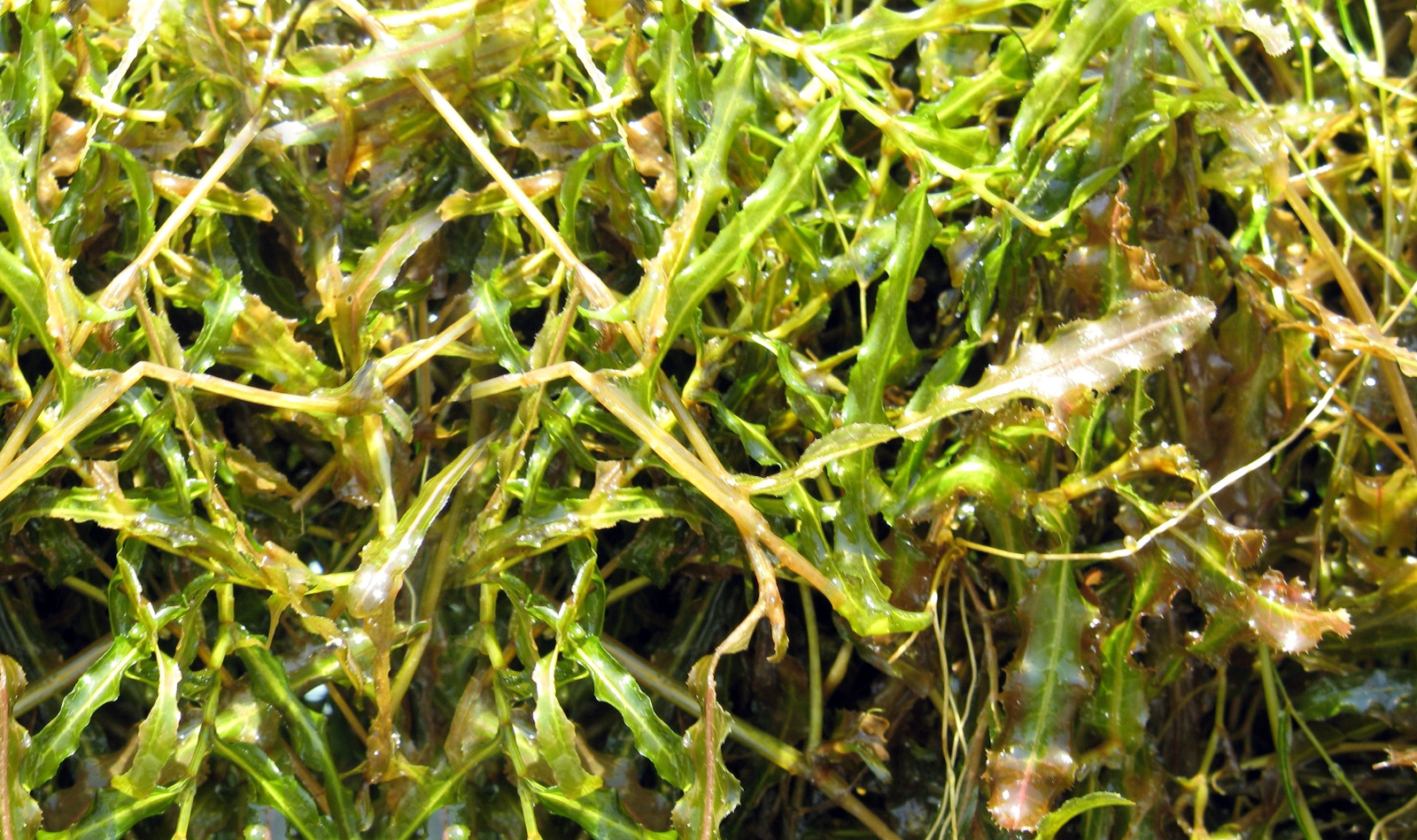
Curly-Leaf Pondweed
Curly-Leaf pondweed, or Potamogeton crispus, is yet another aquatic plant known for forming dense mats that impede recreational activities. Unlike many other similar plants, it does not create habitats or serve as a food source for fish and wildlife. It is also susceptible to mid-season die-offs, resulting in algae and dead plants littered along shorelines.
- Size and Shape: Curly-leaf pondweed consists of one large stem that can grow to be 15 feet long. It has oblong leaves that grow from 4 to 10 centimeters long and 5 to 10 millimeters wide.
- Appearance: Rooted and fully submerged, this aquatic plant varies in color from olive green to a rust-brown and has wavy or ‘curly’ leaves extending from it. It can sometimes have a green flower stalk that extends above the surface.
- One of Many: Curly-leaf pondweed is another plant with lots of close relatives. These include broad-leaf pondweed, clasping-leaf pondweed, and narrow-leaf pondweed – to name just a few. Curly-leaf pondweed is best distinguished by its curly, almost serrated-looking leaves.
- Controlling Curly-Leaf Pondweed: Mechanical harvesting and herbicide applications are both effective, but preventing curly-leaf pondweed is key. Before leaving a site, make sure to wash all watercraft, drain water, dispose of bait in the trash (rather than reusing in new lakes), and dry out equipment for 3 weeks before using it in a new waterbody.
- Located: Similar to Eurasian watermilfoil, curly-leaf pondweed is highly invasive and can be found throughout the U.S., including Indiana, Illinois, Wisconsin, and Minnesota.
Manage Unwanted Weeds with Annual Management
Aquatic plants have the ability to enhance our experience on the water OR distract from the beauty of the ecosystem. When left unchecked, they can even ruin activities that normally bring people together. Property managers who can differentiate between beneficial and undesirable species are better able to keep their waterbodies healthy and beautiful – and keep their residents happy and engaged in the community.
Property managers can empower themselves by partnering with a freshwater management provider that specializes in monitoring lakes and ponds for nuisance and invasive species. Through a professional annual management program, community leaders can access a wide array of solutions to tackle their unique waterbody challenges. These include ongoing water quality testing, nutrient remediation, fountains and aeration, biological bacteria, shoreline maintenance and restoration, and mechanical hydro-raking and dredging. When supported by the scientific expertise of lake management professionals, property managers can spend more time on other priorities.
Discover the Benefits of Water Quality Testing
SOLitude Lake Management is a nationwide environmental firm committed to providing sustainable solutions that improve water quality, enhance beauty and preserve natural resources.
SOLitude’s team of aquatic scientists specializes in the development and execution of customized lake, stormwater pond, wetland and fisheries management programs. Services include water quality testing and restoration, algae and aquatic weed control, installation and maintenance of fountains and aeration systems, shoreline erosion control, muck and sediment removal and invasive species management. SOLitude partners with homeowners associations, golf courses, private landowners, businesses and municipalities. SOLitude Lake Management is part of Rentokil, a leading business services company, operating across the United States, Canada and Puerto Rico.
For more information, visit SOLitude Lake Management at solitudelakemanagement.com, and connect on Facebook, LinkedIn and Twitter.








